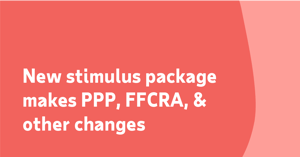Posted: 06/11/24
COVID-19 Rules That Are in Effect
The California Division of Occupational Safety and Health has clarified which COVID-19 rules are in effect under its State Public Health Officer Order.
Posted: 05/21/24
New York to End Paid COVID-19 Quarantine and Isolation Leave
The New York State Fiscal Year 2025 Budget will end the state’s paid COVID-19 quarantine and isolation leave requirement.
Posted: 6/1/23
Colorado’s Leave Requirement for COVID-19 to End June 8
Colorado’s Department of Labor and Employment has announced that a requirement for employers to provide public health emergency leave...


